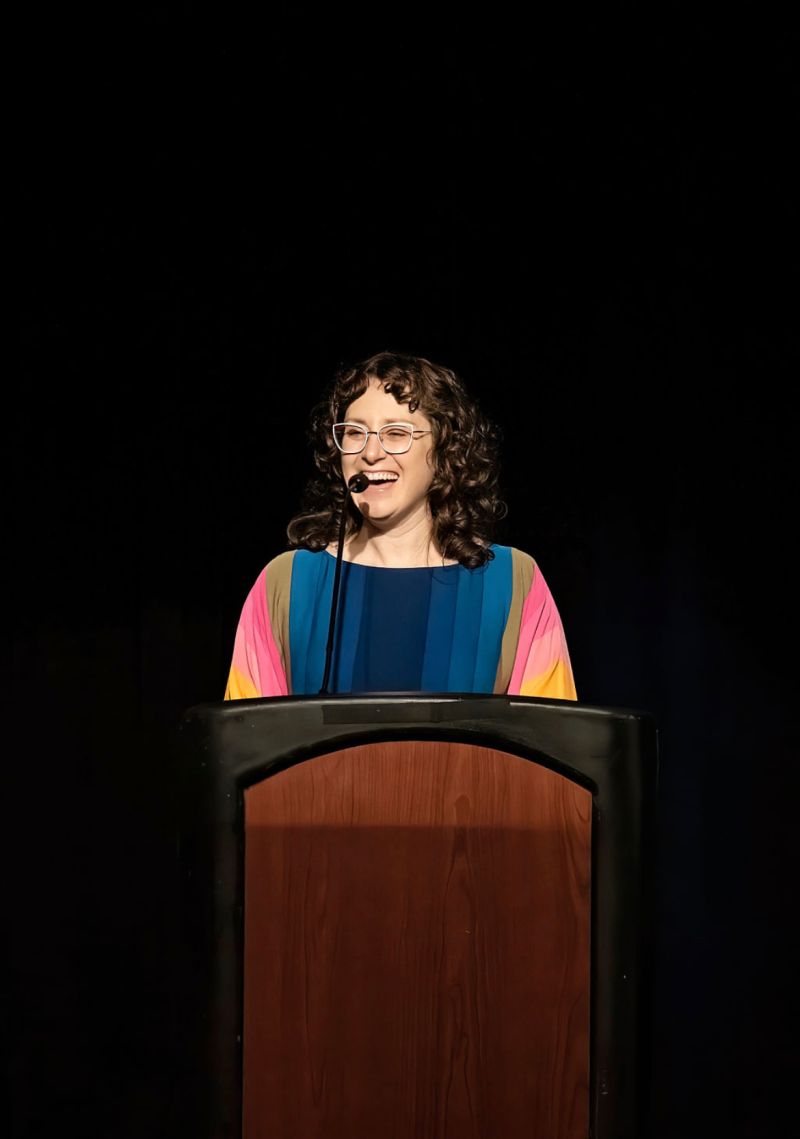
- About
- Membership
- Resources
- Partner
- Events
- Awards & Scholarships

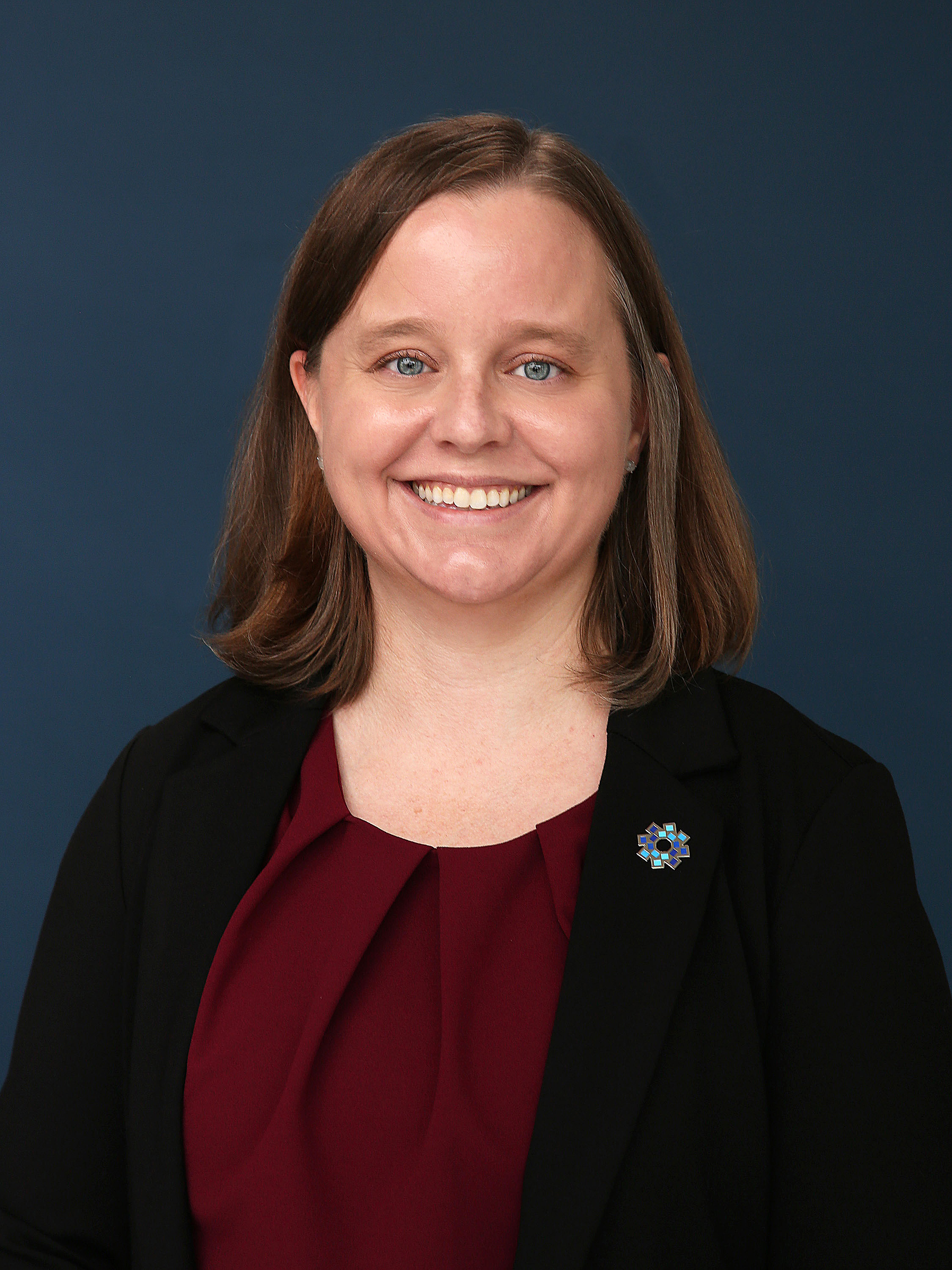
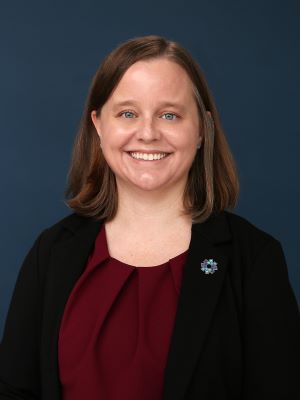
Hi there [imagine me giving a little wave and an awkward smile],
Last week I had to wear pants. And nice shoes. For three days in a row!
It was a pretty momentous occasion—both for my wardrobe, and for ADRP—as we gathered together again after a long, pandemic-induced hiatus at the ADRP 19th Annual International Conference in Albuquerque, New Mexico. Can I just say how AWESOME everything turned out? Kudos to conference chair, Ryan Steele, and chair-elect, Margaret Coad, and the entire committee! I came back inspired, excited, exhausted—and 100% ready to take on anything and everything—including serving as ADRP’s next President.
You can read all about me in the profile below. Suffice it to say that with me, what you see is what you get (WYSIWYG for you html geeks). I like to joke. I like to laugh. I talk a lot about my kid (he’s a giant) and my dog (she’s the goodest girl). Sometimes I talk to myself. I am very charming, after all.
Kimberly Karol
Deputy Director of Development
The Nature Conservancy (TNC)
Vanessa Harmon
Director of Donor Stewardship
The Nature Conservancy (TNC)
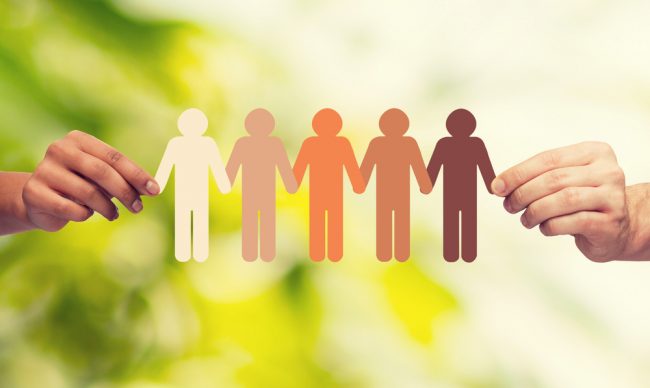
“Blacks are not philanthropic.”
“Sure, we want to diversify our board, but we cannot compromise our fundraising performance.”
“We need a white gift officer to engage this (white) community.”
“We cannot find people from underrepresented communities with the experience to fill senior roles.”
“While we would like to diversify our volunteers, we need people who know what they are doing.”
“A donor made a pass at me. I don’t feel safe but feel pressured to keep him in my portfolio to meet my goals.”
Do any of these statements sound familiar?
Despite the heightened awareness of biases and discrimination in the workplace and the proliferation of diversity, equity, and inclusion (DEI) value statements and programs, these harmful statements — and the sentiments behind them — continue to erode our development efforts, impeding our ability to inclusively engage our beneficiaries, volunteers, donors, colleagues, and community.
In addition to diluting the impact of an organization’s mission by limiting the pool of supporters and failing to encourage employment opportunities that yield a diverse workforce, these statements and corresponding behaviors perpetuate an unsafe work environment and contribute to inequalities in the fundraising profession.
To further its commitment to Diversity, Equity & Inclusion, The Nature Conservancy (TNC) and its development leadership team, led by our Chief Development Officer Tom Neises, is proud to support ADRP in promoting DEI practices in philanthropy. TNC understands that fulfilling our mission of conserving the lands and waters on which all life depends requires committing to DEI across all facets of our work. We also recognize that the nonprofit fundraising community can create more substantive and lasting change by sharing resources and acting together.
Recently, TNC made a financial commitment to kickstart ADRP’s DEI educational programming and provide scholarships to help diversify our membership base. TNC’s contribution enabled the ADRP DEI Committee to bring in an expert to facilitate its session on unconscious bias at the 2022 international conference in Albuquerque.
And this transformative partnership is only the beginning.
We encourage ADRP members and your organizations to join TNC in financially supporting ADRP’s efforts to cultivate a more inclusive, diverse, and equitable fundraising environment, leading to more significant philanthropic outcomes for all.
Consider the benefits and privileges that may exist within your institution. If your organization has committed to increasing equity, reckoning with systems of injustice, and working towards a more inclusive workplace that values and cultivates diversity, then consider an ADRP DEI sponsorship. It is a collective opportunity to care for one another, share opportunities with less-resourced organizations doing important work, elevate the field of donor relations, and deepen the impact of our work to make the world a better place.
We embrace a more equitable and just approach to professional development, job opportunities, and skills evaluations. We are ready and energized to work together to build our resources and increase knowledge as development professionals and bring more voices to the table. If you’re interested in joining us in support of ADRP’s DEI sponsorship or would like more information please reach out to either one of us via the member portal or contact ADRP’s Executive Director Louise Miller at [email protected].
Background Info:
1. Can you tell us about your career trajectory? How did you come into donor relations as a career?
Once upon a time, I was an archaeologist. I had a blast digging in the dirt, and studying all things forgotten. But after a while, I decided to hang up my trowel and do something a bit more “practical” with my life. I worked as a legal assistant, and then as a clerk for a federal judge. I almost went to law school. Almost. I had what I now like to think of as a quarter-life crisis—and abruptly quit that path. I took some time to read all the great books on finding your purpose, like “What Color is Your Parachute?” and “Who Moved My Cheese?” I had a lot of friends in nonprofit organizations, and they seemed happy. So, enter career #3. It was kind of dumb luck that I landed a job as a development assistant at a tiny five-person nonprofit in Los Angeles. I was processing gifts, writing thank you letters, and reporting on finances, and I LOVED it.
Then, life got in the way: I found myself moving from West to East—adding a then tiny, now giant, addition to my family—and when I rejoined the workforce, I knew donor relations was where I wanted to be. I joined the donor relations team at Rutgers University Foundation, focusing on gift agreements and reporting. I learned all the ins and outs of a comprehensive donor relations program, which set me up very well for success in building a new program at RWJ University Hospital Foundation. I’m still in healthcare donor relations, now with Hackensack Meridian Health. I am privileged to lead an amazing team that makes me laugh every day (and tolerates way too many dog stories and kid photos).
2. What influenced your interest in and passion for donor relations?
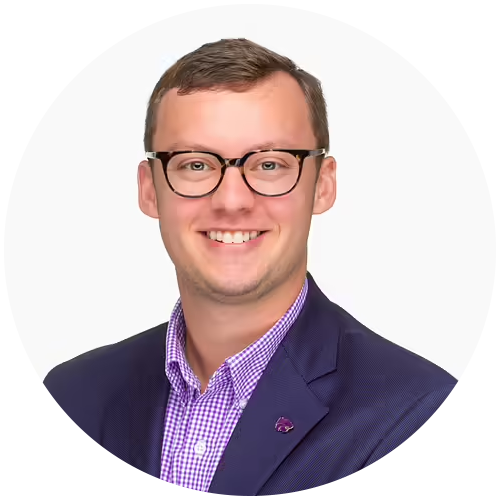 Message from the Chair
Message from the Chair
H. Ryan Steele
Our entire conference committee is eager to welcome those of you joining us in Albuquerque, New Mexico for the Association of Donor Relations Professionals 19th International Conference. After two successful years of virtual conferences, we joyfully and safely convene again in-person to meet new people, learn from fellow professionals and Soar to New Heights.
As we began developing this year’s conference, we knew we had an opportunity to elevate. One area where we added a new conference element was with content delivery. We were inspired by the success and learnings of ADRP’s education committee with their newly created virtual workshops. Attendees shared rave reviews about their experiences across various topics. We recognized the opportunity to recreate this in-person, so this year, we are introducing workshop to the conference lineup.
You may be wondering, what’s the difference between a session and a workshop? Most notably is the duration of each, but beyond that is the type of interaction with which we hope you’ll experience. As we curated this experience, we wanted attendees to go beyond only hearing content and give them an opportunity to dive in and take an active approach to the learning.